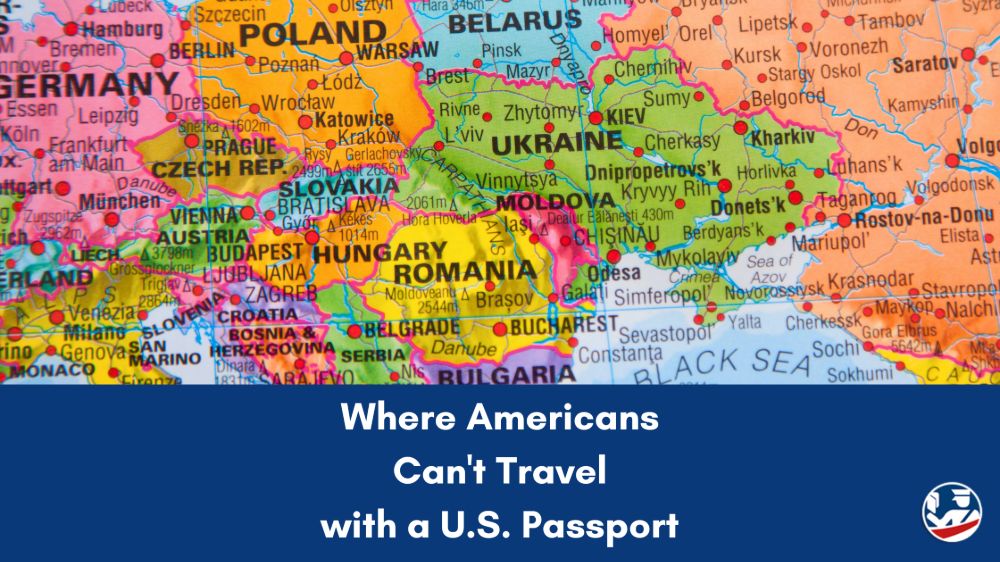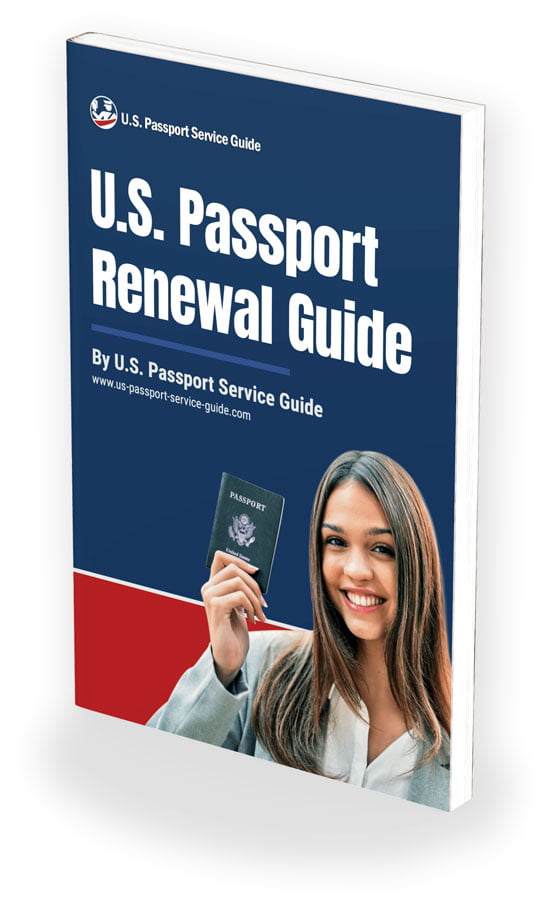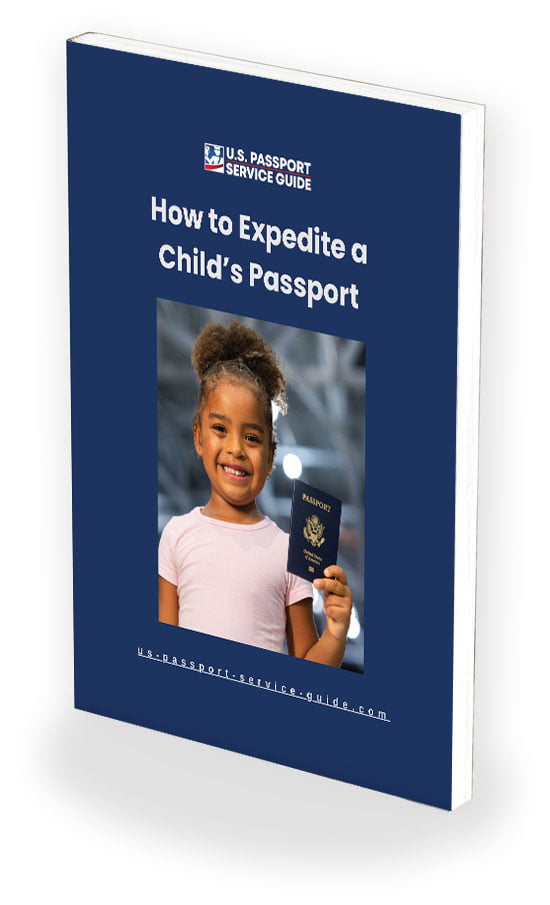Even with an impressive 8th-place ranking on the Henley Passport Index—giving U.S. passport holders visa-free or visa-on-arrival entry to 186 destinations—there are a few surprising exceptions where a U.S. passport is not enough to gain entry.
Let’s take a look at the specific countries and territories where American travelers are banned, locations that are not practical or safe for Americans to visit, places with stamp-related travel and entry restrictions, and the destinations with current travel warnings for Americans.
Where American Citizens Cannot Enter
North Korea: Absolutely Off-Limits
Do not travel to the Democratic People’s Republic of Korea for any reason. North Korea is the only place where U.S. citizens are categorically barred from entry, as American passports are invalid for any trip to, through, or within North Korea.
Unless you secure one of the extremely rare special validations from the Secretary of State, there’s simply no legal way into North Korea. With no U.S. diplomatic presence, sweeping sanctions, and a serious risk of arbitrary long-term detention, North Korea is unequivocally off-limits to American travelers.
Locations Practically Impossible for Americans to Visit
These nations might offer a travel visa in theory, but the reality makes traveling there nearly impossible for Americans:
Syria: The U.S. Embassy is Closed
Without a U.S. embassy, the official visa processing for Syria is essentially nonexistent. Illegal border crossings are your only way in, but with significant danger and no U.S. consular support, American citizens are discouraged from traveling to Syria.
Iran: Tourist Visas for Americans are Currently Suspended
Iran currently has a Level 4: Do Not Travel warning for Americans. If you’re determined to visit Iran, the only entry option is a state-sanctioned guided tour, complete with Iranian government supervision at every step you take.
Crimea: Annexed Territory
Crimea remains a disputed territory between Russia and Ukraine. Russia claims Crimea as a territory of the Russian Federation, and Ukraine (and the international community) recognize Crimea as part of Ukrainian territory
While it is technically possible to legally visit Crimea through Ukraine, it is highly discouraged. At this time, there is a Level 4: Do Not Travel warning for Americans for both Russia and Ukraine due to the ongoing war.
Additional warning: Be advised that if you travel to Crimea via Russia, Ukraine considers your entry to Crimea illegal, subjecting you to fines, arrest, and future bans from Ukrainian soil.
Keep these warnings in mind if you are considering traveling to these locations and always double-check Travel.State.Gov before booking for the most up-to-date travel and entry information, as these restrictions can change unexpectedly.
Stamp-Related Entry Restrictions: When a Second Passport is Essential
An often-overlooked issue that even seasoned travelers may not realize is that certain countries and territories will deny entry if a passport bears evidence of visiting specific places, most notably at this time: Israel.
Here is a list of countries that currently enforce stamp-related bans:
These countries will refuse you entry upon seeing Israeli stamps—or even Jordanian/Egyptian stamps from land border crossings with Israel. Why? At this time, they do not recognize Israel diplomatically, making an Israeli passport stamp an automatic red flag.
That said, there is a solution for American citizens who do travel to Israel and the countries listed above: a second US passport. Having a second US passport is a legal way for American travelers to visit Israel and the countries with stamp-related bans. A second passport has the same validity as your primary passport but ensures clean, stamp-free pages. Use one passport for Israel and related travel, and the other passport everywhere else. No extra interviews, no entry restrictions, just peace of mind.
Destinations with Serious Travel Warnings: Avoiding Level 4 Countries
Even when your passport technically allows entry, if the US State Department issues Level 4: Do Not Travel advisories, it’s due to life-threatening risks, including armed conflicts, kidnappings, or terrorism. These high-risk areas are assessed by the U.S. Department of State regularly, and the threat level is updated approximately every 6 months.
Full-Country Level 4 Advisories
These Level 4: Do Not Travel advisories are based on factors such as armed conflict, terrorism, civil unrest, wrongful detention, and limited or no consular assistance. The following countries currently have country-wide, Level 4 travel advisories:
- Afghanistan
- Belarus
- Burkina Faso
- Central African Republic
- Democratic Republic of the Congo
- Haiti
- Iran
- Iraq
- Lebanon
- Libya
- Mali
- Myanmar (Burma)
- North Korea
- Russia
- Somalia
- South Sudan
- Sudan
- Syria
- Ukraine
- Venezuela
- Yemen
Region-Specific Level 4 Advisories
Some countries where Americans can travel and do not have high-risk advisories still have Level 4: Do Not Travel advisories for specific regions. These regions are located in:
1. Mexico: The U.S. State Department advises against travel to six states due to crime and kidnapping:
- Colima
- Guerrero
- Michoacán
- Sinaloa
- Tamaulipas
- Zacatecas
Before traveling to any region or state in Mexico, check with the US State Department to make sure your Mexican destination has not been added to this list. Please be advised that other areas in Mexico are listed under lower threat levels that require American citizens to reconsider travel or use extreme caution while traveling to.
2. Indonesia: Certain areas in Central Papua (Papua Tengah) and Highland Papua (Papua Pegunungan) are under Level 4 advisories due to violent unrest and separatist activity. These areas are:
- Jayawijaya
- Nabire
- Timika
- Mimika
Always check before booking a trip to ensure your Indonesian destination has not been added to this list.
3 Helpful Tips for Safe International Travel
Navigating US passport restrictions and travel advisories doesn’t have to be daunting; it just takes a little extra planning to make sure that you understand what locations are off-limits or are seriously discouraged for American travelers.
And, in some instances, simply having a second passport is the remedy you need to travel abroad safely and without issue.
Before you plan your next international trip, be sure to:
- Check Travel.State.Gov: Always look up the latest entry restrictions and advisories for your destination.
- Consider a Second Passport: Ideal for frequent Middle East travelers or complex international itineraries. A second passport is a small investment that pays off with permitted border crossings.
- Have a Backup Plan: If a destination is off-limits or risky, change your plans and explore one of the many welcoming, visa-free countries your U.S. passport unlocks.
Remember, smart travel planning starts with understanding your destination’s entry requirements and knowing your passport’s limits—and knowing when to get a second one!
For more on international travel safety, check out Tips for U.S. Citizens Traveling Abroad.
Wishing you safe travels,
Laura









